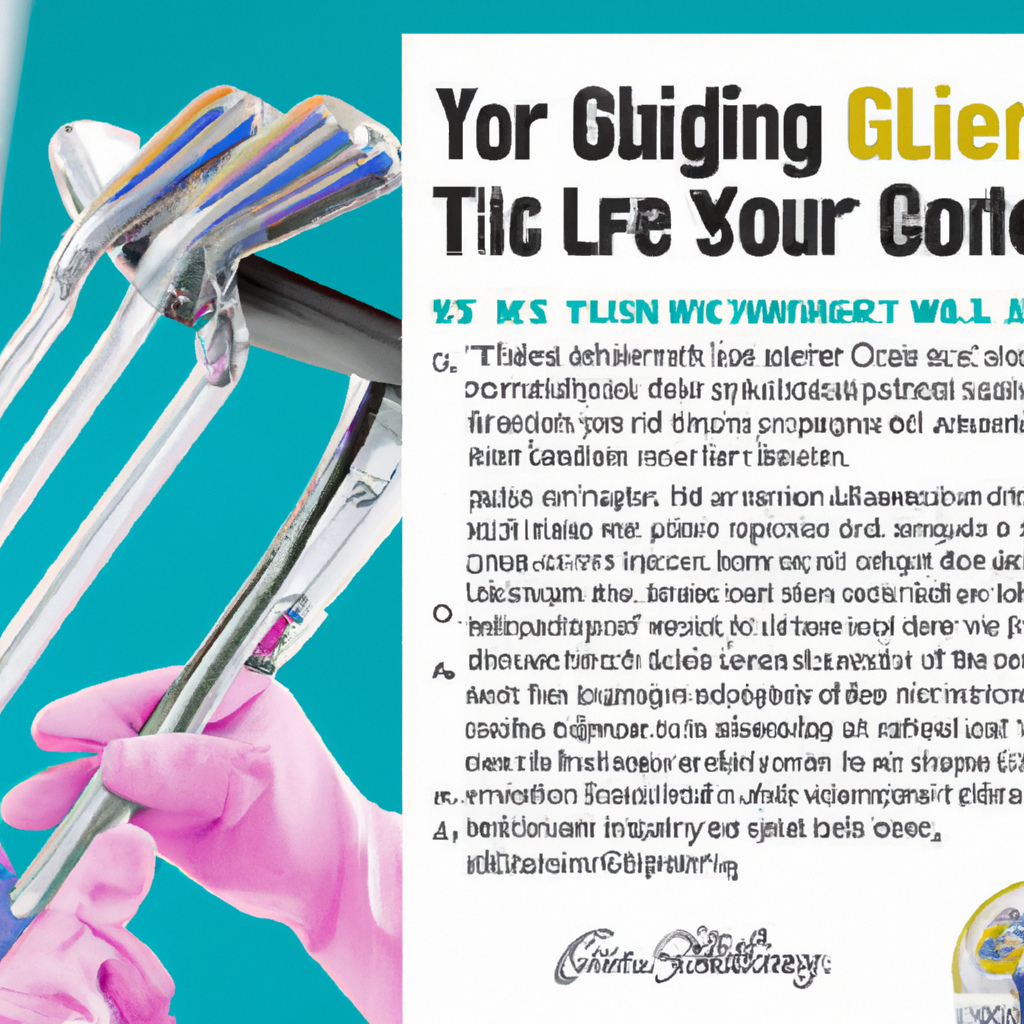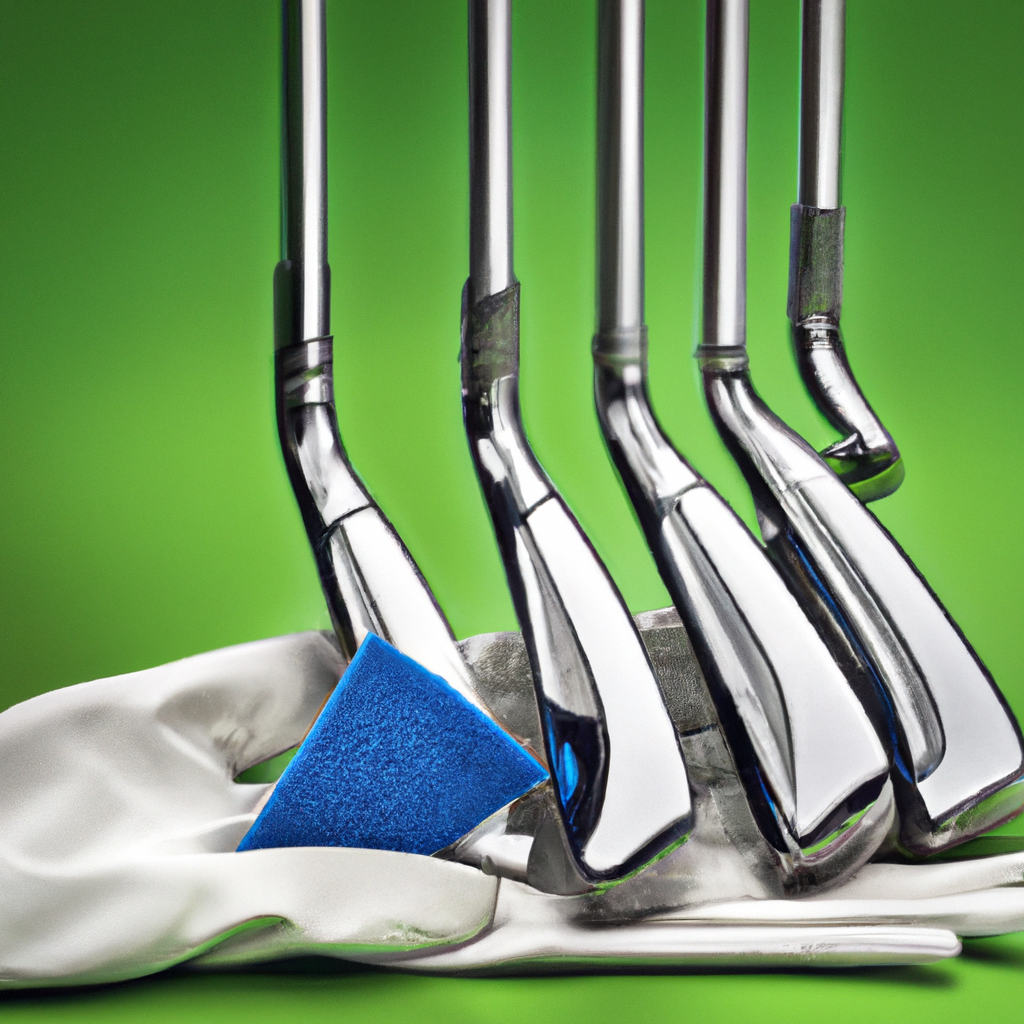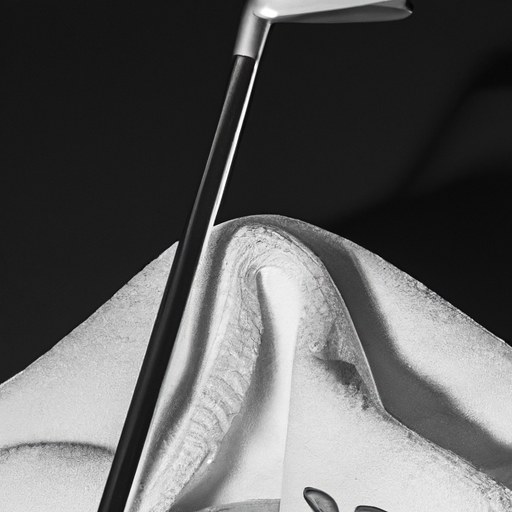We may earn money or products from the companies that may be mentioned in this post.
Have you ever wondered how to give your golf clubs the TLC they deserve? Look no further! In this article, we will provide you with the ultimate guide on properly cleaning your golf clubs. From simple step-by-step instructions to helpful tips and tricks, you’ll be equipped with all the knowledge you need to keep your clubs in pristine condition. So grab your cleaning supplies and get ready to make your golf clubs shine like never before!

Why Cleaning Your Golf Clubs is Important
Cleaning your golf clubs is an essential part of maintaining their performance, extending their lifespan, and preserving their aesthetics. Regular cleaning not only improves the overall performance of your clubs but also ensures that they last for a long time. Additionally, keeping your clubs clean and well-maintained enhances their appearance, making you look more professional on the course. In this article, we will discuss the importance of cleaning your golf clubs and provide you with a comprehensive guide on how to properly clean them.
Essential Tools for Cleaning Golf Clubs
Before we dive into the cleaning process, let’s take a look at the essential tools you’ll need to properly clean your golf clubs. These tools will help you remove dirt, debris, and grime from your clubs without causing any damage.
Soft-bristled Brush: A soft-bristled brush is the perfect tool for removing dirt and debris from your clubheads and grooves without scratching them.
Towel or Microfiber Cloth: A towel or microfiber cloth is essential for wiping down your clubs and ensuring they are dry after cleaning.
Warm Water: Warm water is the ideal medium for cleaning your golf clubs as it helps to loosen dirt and grime.
Gentle Soap or Golf Club Cleaner: You can use a mild soap or a specifically formulated golf club cleaner to help remove stubborn stains and keep your clubs looking their best.
Toothpicks or Pipe Cleaners: Toothpicks or pipe cleaners are handy tools for clearing out any dirt or grass that may be stuck in the clubhead grooves.
Wire Brush: A wire brush can be used sparingly to remove any rust or corrosion from the clubhead, but caution must be taken to avoid damaging the club’s finish.

Regular Cleaning Routine
To ensure your golf clubs stay in the best possible condition, it is important to establish a regular cleaning routine. This routine should include pre-round maintenance, post-round cleaning, and monthly deep cleaning.
Pre-Round Maintenance
Before heading out to the golf course, it is a good idea to inspect and prepare your clubs for optimal performance. Here are the steps you can take for pre-round maintenance:
Inspecting the Clubs: Take a close look at each club to ensure there are no visible signs of damage or wear. Check for any loose heads, cracked shafts, or worn grips.
Removing Debris: Use a soft-bristled brush to gently remove any dirt, grass, or debris from the clubheads and grooves. Pay attention to the grooves as they play a crucial role in the club’s performance.
Wiping Down Grips: Wipe down the grips of your clubs with a damp towel or microfiber cloth. This will remove any sweat, dirt, or oils that may have built up and ensure a firm grip during your round.
Checking Shaft Flexibility: Take a moment to flex each club’s shaft gently. If you notice any stiffness or bending, it may be a sign of damage that needs to be addressed before playing.
Ensuring Clubhead Alignment: Look at the clubheads and ensure they are properly aligned. If you notice any misalignment, it could affect your shots, and the club may need to be adjusted or repaired.
Post-Round Cleaning
Once you’ve finished your round, it’s time to give your clubs a thorough cleaning to remove any dirt, grass, or moisture that may have accumulated during play. Follow these steps for post-round cleaning:
Cleaning Clubhead: Take a damp towel or cloth and gently wipe down the clubheads to remove any dirt or grass. Pay special attention to the grooves, as they can easily accumulate debris.
Cleaning Grooves: Use a soft-bristled brush or a toothpick to clean out the grooves on the clubface. Clearing out any debris will ensure optimal ball contact and spin control during your next round.
Drying the Clubs: After cleaning, use a dry towel or microfiber cloth to thoroughly dry your clubs. Moisture can lead to rust or corrosion, so it is crucial to remove any excess moisture.
Polishing Metal Shafts: If your clubs have metal shafts, you can use a metal polish specifically made for golf clubs. Apply a small amount to a cloth and gently rub it onto the shafts to restore their shine.
Conditioning Leather Grips: For golf clubs with leather grips, it is essential to regularly condition them to maintain their suppleness and prevent cracking. Apply a leather conditioner and wipe off any excess.
Monthly Deep Cleaning
In addition to regular pre-round and post-round cleaning, it is important to perform a monthly deep cleaning to keep your clubs in top condition. Here’s how to do it:
Soaking the Clubs: Fill a bucket or sink with warm water and add a mild soap or golf club cleaner. Allow the clubs to soak for 15-20 minutes to loosen any built-up dirt or grime.
Scrubbing Stubborn Dirt: Use a soft-bristled brush to scrub away any stubborn dirt or stains on the clubheads and grips. Be gentle to avoid damaging the club’s finish or grips.
Cleaning the Grips Thoroughly: Submerge the grips in the soapy water and scrub them with a brush or cloth. Rinse them well and ensure they are free from any soap residue before drying.
Removing Rust or Corrosion: If you notice any rust or corrosion on the clubheads, use a wire brush to gently remove it. Take care not to scratch the club’s finish and rinse off any debris thoroughly.
Inspecting for Damage: Once the clubs are clean, take the time to inspect them for any signs of damage. Check the clubheads, shafts, and grips for cracks, dents, or other issues that may require attention.
Tips for Properly Cleaning Golf Clubs
While you now have a comprehensive understanding of the cleaning process, here are some additional tips to keep in mind to ensure you clean your golf clubs properly:
Avoid Using Abrasive Cleaners: Harsh, abrasive cleaners can damage the finish of your clubs. Stick to mild soap or golf club cleaners to prevent any unwanted scratches or discoloration.
Don’t Neglect the Clubheads: The clubheads are the most critical part of the club when it comes to performance. Clean the grooves thoroughly to maintain maximum ball control and spin.
Pay Attention to Grooves: The grooves on the clubface are designed to create backspin and heighten control. Regularly cleaning the grooves will enhance your ability to generate spin and accuracy.
Dry Clubs Thoroughly: Moisture can lead to rust or corrosion, so it is important to dry your clubs thoroughly after cleaning. Pay special attention to the grooves and the grips, ensuring they are completely dry.
Store Clubs Properly: When not in use, keep your clubs in a clean and dry environment. Use a golf bag with individual club dividers to prevent them from banging against each other, causing damage.
Maintaining Long-term Durability
To ensure your golf clubs remain in optimal condition for the long run, here are a few additional tips to maintain their durability:
Avoiding Extreme Temperatures: Avoid exposing your clubs to extreme temperatures, as this can cause materials such as graphite to expand or contract, potentially leading to damage.
Regularly Inspect and Repair: Perform regular inspections of your clubs to catch any signs of damage early. Address any cracks, dents, or loose components promptly to prevent further deterioration.
Replacing Grips When Necessary: Over time, golf club grips can wear out and lose their effectiveness. Replace them as needed to maintain a firm and comfortable grip during your swings.
Periodically Regroove Clubfaces: The grooves on your club’s face can become worn down over time, affecting the spin and control you can generate. Consider regrooving your clubfaces to restore their performance.
Common Mistakes to Avoid
While cleaning your golf clubs, it’s important to avoid these common mistakes that can undermine your efforts to keep them in top condition:
Using Harsh Cleaning Chemicals: Harsh chemicals can damage the finish of your clubs and corrode their components. Stick to mild soap or golf club cleaners to ensure safe and effective cleaning.
Scrubbing Too Aggressively: Scrubbing your clubs too aggressively can lead to scratches, dents, or other forms of damage. Take a gentle approach to cleaning, especially when dealing with delicate club components.
Overlooking Drying Process: Failing to dry your clubs thoroughly after cleaning can lead to rust, corrosion, or mold growth. Take the time to dry each club, paying attention to the grooves and grips.
Not Consistently Maintaining Clubs: Regular maintenance is key to the longevity of your clubs. Neglecting to clean them on a regular basis can lead to a build-up of dirt and grime, affecting their performance.
Storing Clubs in Damaging Conditions: Avoid storing your clubs in extreme conditions, such as a hot trunk or a damp basement. Proper storage in a clean and dry environment will prolong their lifespan.
Conclusion
Properly cleaning your golf clubs is crucial for maintaining their performance, extending their lifespan, and preserving their aesthetics. By following a regular cleaning routine, including pre-round maintenance, post-round cleaning, and monthly deep cleaning, you can ensure your clubs are always in top condition. Additionally, by utilizing the essential tools and tips mentioned in this guide, you’ll be able to clean your clubs effectively and keep them in peak performance for years to come. So, make it a priority to clean your golf clubs regularly, and enjoy the benefits of having clubs that look and perform their best every time you step onto the course.
